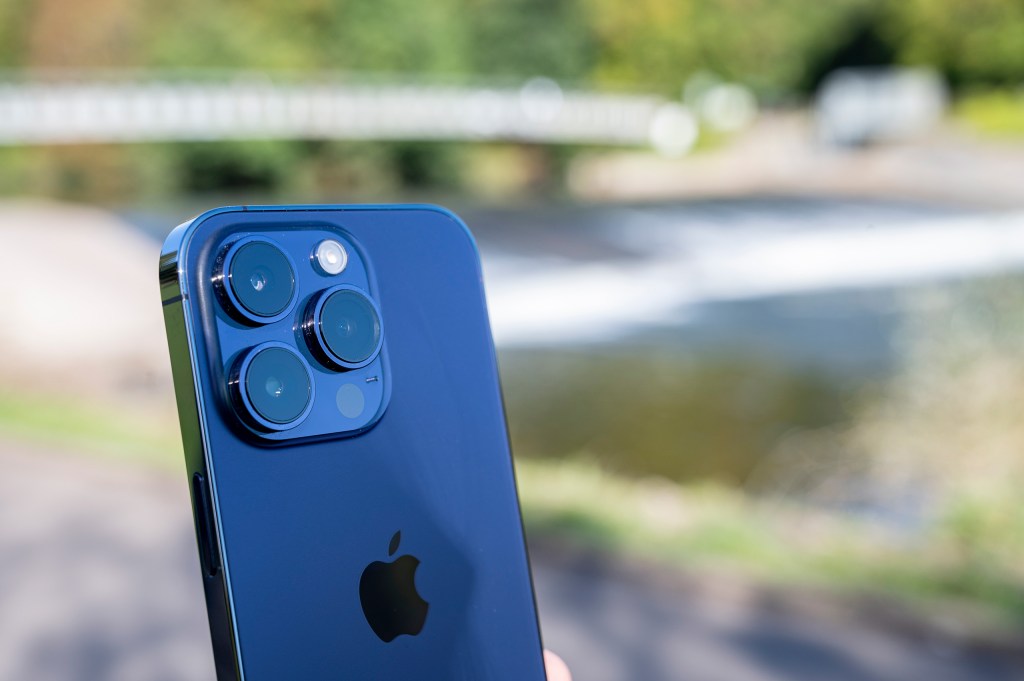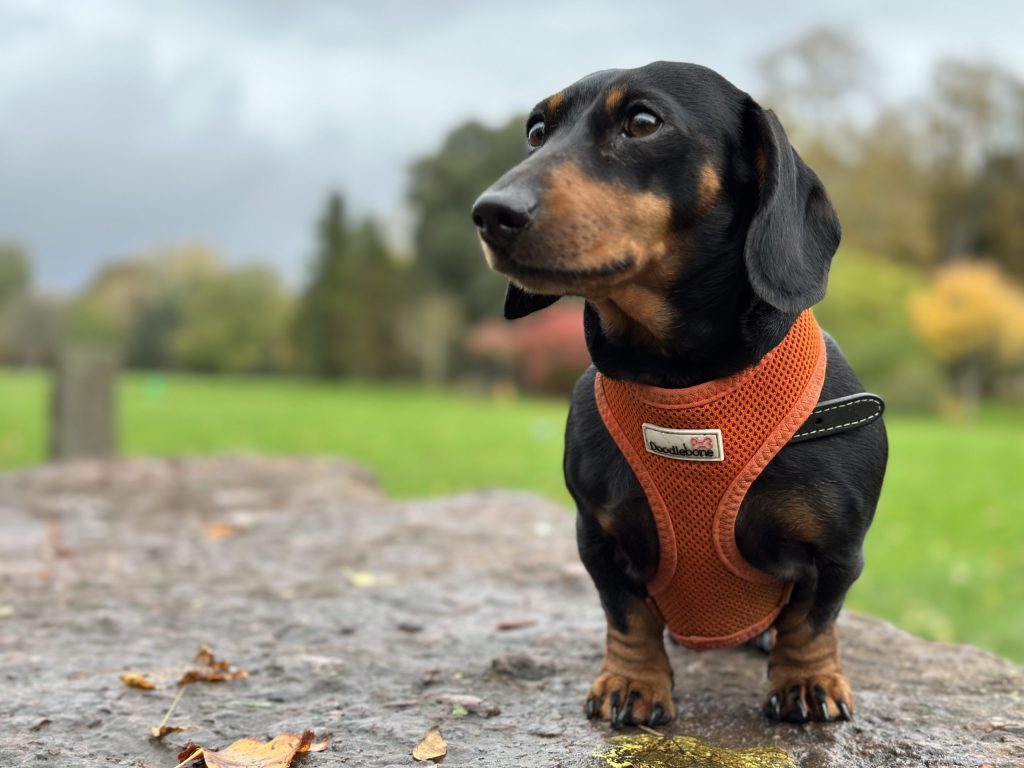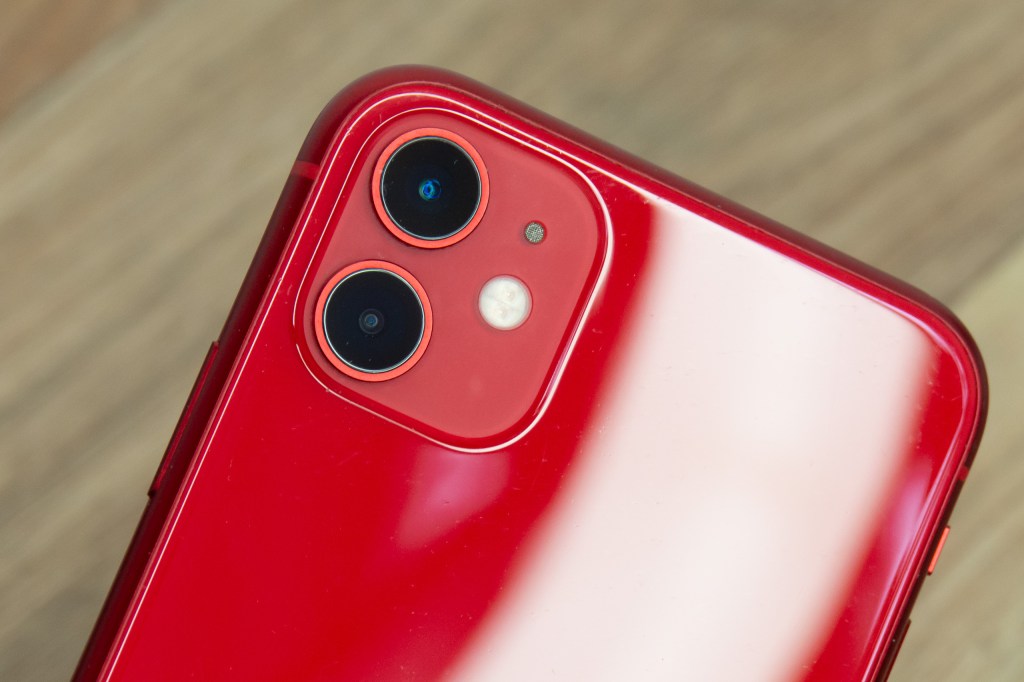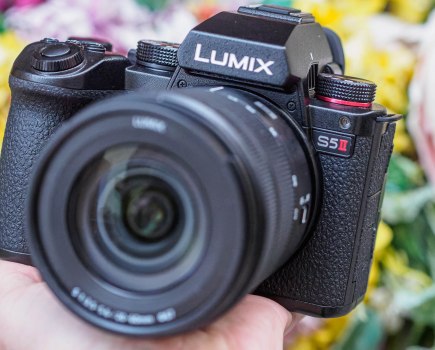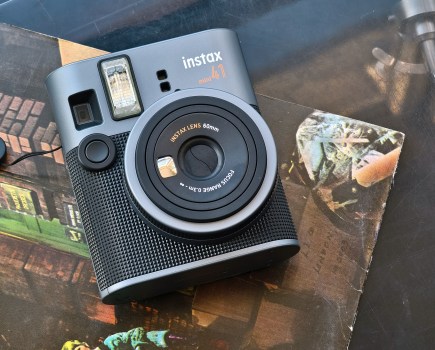As AP’s resident iPhone reviewer-in-chief, I test all of the best iPhones for photography as soon as they come in. Since Apple has a yearly release cycle, there are plenty of great options out there, and while the best choice is always going to be the newest, there are also plenty of older iPhones that rank among the best camera phones for photography.
There are many reasons you might opt for an iPhone over an Android camera phone – you may prefer the Apple OS, or just like the look of images produced on an iPhone. While iPhones have a reputation for being expensive, there are ways to make a considerable saving on an Apple-made phone, especially if you’re willing to buy second-hand.
As such, I’ve compared iPhones new and old on this list to help you find the right Apple phone for your photography. Having personally spent time with all the phones on this list, I feel confident that there’s a great option on this list for you, no matter your budget or skill level.
Our quick list of the best iPhones for photography:
Looking for the best deal on iPhones? Not only will you find the best iPhones, but you’ll also find some of the best iPhone deals, as our ‘Buy now’ buttons are set to automatically take you to the best prices, from trusted retailers, plus you’ll also find a list of other retailers below each camera, so you can find the right deal for you.
- Best iPhone with big screen – iPhone 16 Pro Max – Buy now
- Best iPhone for zoom – iPhone 15 Pro Max – Buy now
- Best iPhone with a small screen – iPhone 15 Pro – Buy now
- Best value flagship iPhone – iPhone 14 Pro/Max – Buy now
- First iPhone with macro – iPhone 13 Pro – Buy now
- Best iPhone under $250/£250 – iPhone 12 (renewed) – Buy now
- Best cheap iPhone – iPhone 11 (renewed) – Buy now
- Best cheap new iPhone – iPhone 16e – Buy now
Why you can trust Amateur Photographer
We spend many hours testing every product we recommend, in detail, in a variety of situations and shooting scenarios, and only use experts for our reviews, so you can be sure that you’re getting the best products. Find out more about our expert writers.
Best Apple camera phone: iPhone 16 Pro and Max
Amateur Photographer verdict
Apple’s best device so far with the 16 Pro and Pro Max adding some additional camera updates, rather than anything groundbreaking- Pro Max benefits from larger screen
- New camera control button
- Image quality very good overall
- Low resolution telephoto camera
- Low resolution selfie camera
- Weak macro performance
At a glance:
- 48MP wide camera, f/1.78 aperture, 24mm equivalent
- 48MP ultrawide camera, f/2.2 aperture, 13mm equivalent
- 12MP 5x telephoto camera, f/2.8 aperture, 120mm equivalent
- Pro Max: 6.9inch Super Retina XDR OLED screen
- Pro: 6.3inch Super Retina XDR OLED screen
- iOS 18
- Prices: from $1,199 / £1,199 (Pro Max), $999 / £999 (Pro)
Whether you go for the iPhone 16 Pro or the 16 Pro Max, you’re getting the same camera system, the only differences being the phone size (including the screen and battery), with the iPhone 16 Pro Max having a large 6.9inch screen, the biggest ever on an iPhone. This years iPhone update sees the ultra-wide-angle camera updated, as well as a new photo control button on the side that helps give quicker access to photo settings (such as zoom, etc). Hardly as ground-breaking as Apple would make out, but a welcome addition.
We reviewed the phone, and found the new controls useful, but would have liked to see Apple improve the macro performance, which has been overtaken by Android phones, and we’d also like Apple to improve the selfie camera, which still struggles in low-light. These updates may not be enough to persuade people to upgrade from the 15 Pro Max, but if you want the newest, then the 16 Pro / Pro Max is the one to go for.

The iPhone 16 Pro / Max offers some of the best cameras in an iPhone, and this is a great choice. The main choice now will be whether you want the larger phone or the more compact phone.
Read our full iPhone 16 Pro review, as well as our 16 Pro Max review.
Best for zoom – iPhone 15 Pro Max

Amateur Photographer verdict
With excellent cameras, and the benefit of three optical lenses and several other digital options in between, it’s a great all-rounder- 5x zoom lens
- Great screen
- 48MP main sensor/24MP output
- Screen a little big for some
- Similar to iPhone 14 Pro
It boasts a triple lens set-up, with one 48MP sensor and two 12MP sensors. The main lens outputs images at 24MP, and as I found in my review, it delivers nicely detailed results with good colours, exposure and dynamic range.
That said, I also felt it was a fairly gentle upgrade over its predecessor, the iPhone 14 Pro Max, but brought with it some useful functionality. That includes the ability to automatically recognise a portrait subject, and an option to access different simulated focal lengths quickly via the native camera app.

Other useful specs include 4K video recording, a Super Retina display with Ceramic shield, and a 29-hour battery life. This was also the first time that Apple used the universal USB-C charging port, rather than its proprietary lightning option.
Expect prices for the iPhone 15 Pro Max to drop a little once now the iPhone 16 Pro series is on sale, and you can also pick up some good deals second hand too.
Read our full iPhone 15 Pro Max review
Best iPhone with small screen – iPhone 15 Pro

Amateur Photographer verdict
If you don’t want a large screen, but still want an excellent camera, then this is the one to go for.- 3x lens system
- 48MP main lens, 24MP default output
- USB-C charging
- 3x lens instead of 5x
- Gentle upgrade compared to predecessor
If you don’t want a large-screen iPhone, but still want high image quality, then your best choice right now is the iPhone 15 Pro.
It has a 6.1” screen, compared to the 6.7” of the iPhone 15 Pro Max, so it fits far more easily into your hand – and your pocket.
Much of the camera specification between the two is the same, however you will trade a 5x lens for a 3x lens. That’s not necessarily a negative, however as a 3x lens often makes a lot more sense in many shooting situations.
Otherwise, things like the automatic portrait recognition, 4K video, Portrait mode, Night mode and automatic macro are exactly the same.
That means that in my review I found it to produce excellent results in a wide range of scenarios, with particularly good images for portraits. That said, as with the 15 Pro Max, I found that the 15 Pro was a relatively light refresh compared with the 14 Pro, so you could potentially save even more money by stepping back another generation.
Read our full iPhone 15 Pro review
Best value flagship iPhone – iPhone 14 Pro/Max
Amateur Photographer verdict
A solid all-rounder, if you don’t need the very latest in iPhone technology then this is a good choice with a well-performing set of lenses.- 3 x lens system
- 48MP main sensor
- Super Retina display
- Missing some software features that the iPhone 15 Pro/Max has
- 3x zoom somewhat limited
The previous generation of iPhone is a good shout for anybody who wants to save some cash by not getting the absolute latest model.
Unlike with the iPhone 15 Pro series, both the iPhone 14 Pro Max and the iPhone 14 Pro have exactly the same camera system. So, the choice is yours whether you want a larger or smaller screen.
The image quality from the iPhone 14 Pro is very good. And, as I found when I compared it against the iPhone 15 Pro, there’s not a world of difference between the newer and older model. What you lose out on if you opt for the older model is some software tweaks – such as the output resolution from the sensor being 12MP for the 14 Pro, rather than 24MP for the 15 Pro.
You also won’t have things like automatic portrait recognition, or the ability to shoot at 1.2x and 1.5x quickly within the app.
Otherwise, however, you get a range of useful settings, including a Portrait mode, automatic night and macro functions and 4K video recording. You will be restricted to a 3x zoom lens, rather than 5x for the newer 15 Pro Max, but, 3x is usually more than you need for most scenarios anyway – so that may not be a deal breaker.
Read our full iPhone 14 Pro review
First iPhone with macro – iPhone 13 Pro / 13 Pro Max
Amateur Photographer verdict
It could be worth stepping back two or more generations if you want a “Pro” iPhone at a good price, while still getting hold of good image quality.- 3x lens system
- Good price, especially second hand
- All low-resolution (12MP) sensors
- Not a big upgrade from the 12 Pro
The 2021 iPhone 13 Pro might be a few generations old now, but that just means you can pick it up for a great price on the second-hand market in particular, either renewed or used, it’s likely to set you back $400-500 / £400-500.
Building on the success of the 12 Pro that came before it, we have a triple-lens setup offering 1x, ultrawide and 3x telephoto. All three of the sensors are 12MP, which is fairly low resolution by modern standards, with the newer iPhone models having a 48MP main sensor.
Still, if your main concern is sharing your images online, or only viewing them on your phone, it’s easy to argue that you don’t need all those extra pixels and can save yourself a small fortune by opting to buy an older model.
As with the newer models, you’ve got a good range of shooting modes here, including Portrait and an automatic Night mode. This was also the first time that the iPhone had a macro mode, and it was very impressive at the time. While it may be a little bettered now – particularly by non iPhone models – it still produces very serviceable close-ups.
Our review also found that the iPhone 13 Pro produced great shots in lots of other different shooting scenarios, with natural colours and a good degree of detail. The image quality isn’t quite on par with the newer 14 or 15 Pro models, but if you want a good solid all-rounder without having to pay latest model premium prices, then it’s a great option.
The 13 Pro and 13 Pro Max both have the same camera system, but the choice is yours as to whether you want the smaller phone, or the bigger Max version.
Read our full iPhone 13 Pro review
Best iPhone under $250/£250 – iPhone 12

Amateur Photographer verdict
The iPhone 12 takes some great photos, and shows you don’t need the latest and greatest to get good results.- Great camera system
- Still looks like a premium phone
- Still gets the latest updates
- 64GB storage option a little small
- No telephoto camera
The iPhone 12 as the entry-level mode in the range of phones at the time, has a dual camera setup on the back, with only the Pro models having a triple camera setup. If you wanted a zoom lens, then you’ll need to look at the Pros, but if you can live without it, you’ll save some serious money.
Never-the-less, the iPhone 12 offers a nice camera setup, with an ultra-wide and a wide main camera. Both with 12MP sensors, and a bright f/1.6 aperture on the main camera, as well as optical image stabilisation (OIS). This means low-light and night photography is going to be better than the 11. The screen is also improved on the 12, over the 11.
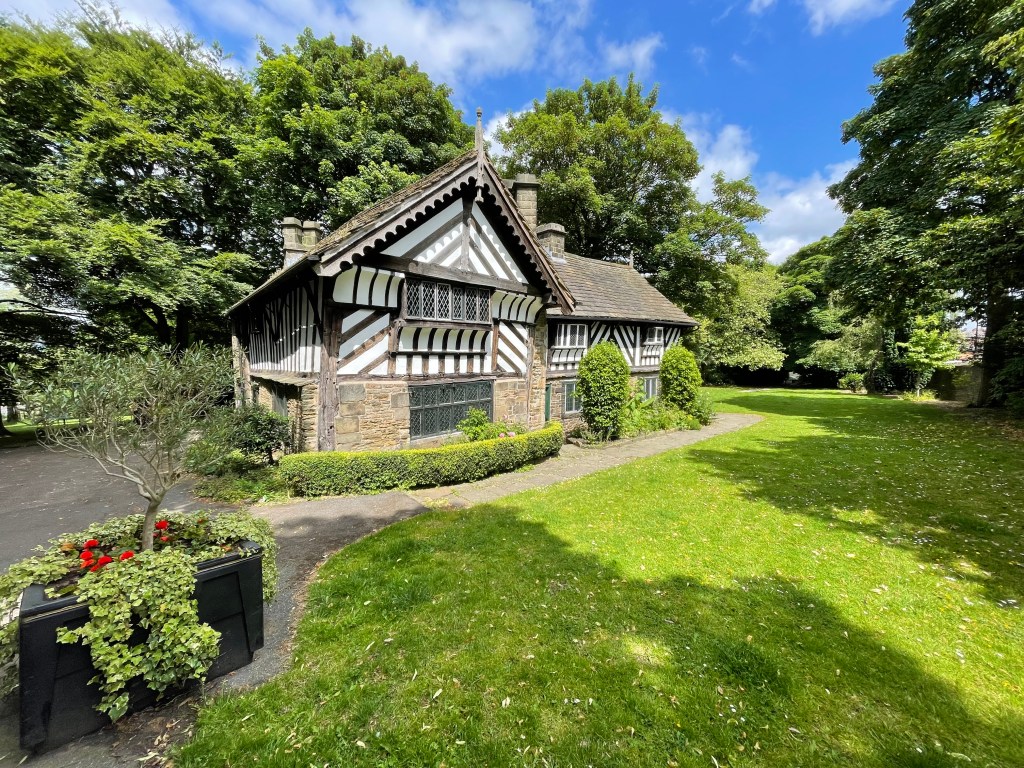
The iPhone 12 series introduced Apple users to a new protective “Sapphire” anti-scratch glass, as well as the more modern angled edges and frame, rather than the curved design on the 11 series.
Unfortunately, the battery rating for the 12 has actually been reduced since the 11, so battery life may be shorter than ideal, and this is particularly important when buying used or renewed. You should always check the battery health of any iPhone you’re buying used. JW.
Read our full iPhone 12 review
Best cheap iPhone – iPhone 11 (renewed / used)
Amateur Photographer verdict
For those on a tight budget, the iPhone 11 gives good results, as well as entry into the Apple eco-system- Great value for money
- Dual camera system
- Has night mode
- No telephoto camera
- Screen not as bright
Apple doesn’t really offer a budget iPhone these days, and the SE versions can feel a little bit limited, so for many people, the best way to get a budget phone is to look at the second-hand, used and renewed market. iPhones tend to hold their value more than phones from other brands, so to get a truly cheap iPhone, we’ve had to go all the way back to the iPhone 11.
However, even though the iPhone 11 is from 2019, it still gets the latest OS updates and can take some great looking photos with it’s dual-camera setup. The rear cameras offer a 12MP sensor each, and the main camera has an f/1.8 aperture and optical image stabilisation (OIS). It’s also got a 12MP selfie camera, and a 12MP ultra-wide camera.
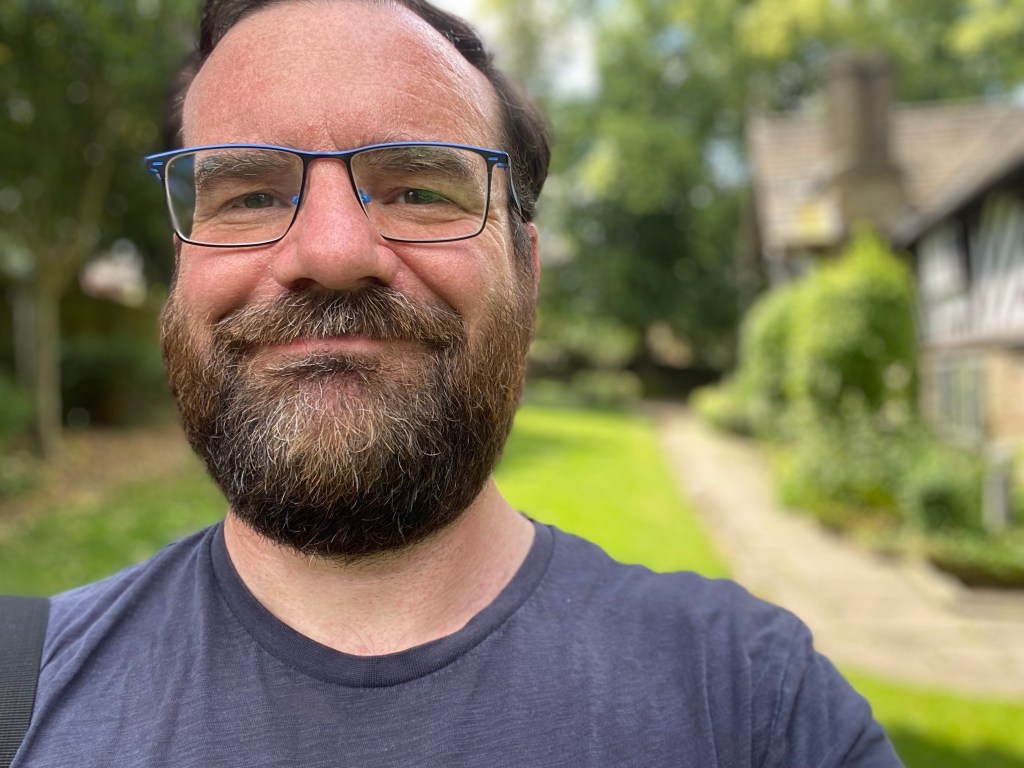
As a budget phone, available for not much money, it’s surprising how well this phone performs, with 4K 60p video available from the front (selfie) camera as well as the rear cameras. It’s not until the iPhone 16 series where iPhones start to offer a faster 4K frame rate of 120fps!
As with other second-hand and renewed iPhones, it’s important to check the battery health, and make sure all the functions on the phone work properly, but as long as you buy from a reputable seller, then you shouldn’t have any problems. JW.
Read our full iPhone 11 review
Best cheap new iPhone – iPhone 16e

Amateur Photographer verdict
While I do believe buying used gives you better value, if you simply must have a new phone, the iPhone 16e is a budget-friendly (albeit compromised) choice.- Cheapest most recent iPhone
- High resolution camera sensor
- Tough construction for a “cheap” phone
- Apple Intelligence can be useful for photo editing
- Just one camera
- Low resolution selfie camera
- Restricted Portrait mode
Complementing the flagship iPhone 16 range, the iPhone 16e is a budget-friendly alternative released a little later, in 2025. Starting at $599/£599, it’s a lot more affordable than the main iPhones, and than many second-hand flagships, however there are of course compromises to be made for such a cheap price of admission.
Chief among them – and let’s just get this out of the way – is that the iPhone 16e only sports one camera. That’s right, in this era of triple and quad camera arrays, the iPhone 16e has just a single rear lens to its name. Granted, Apple claims this camera is really a ‘2-in-1’, with a 2x telephoto built in, but it’s still a fair downgrade from what we’re used to.
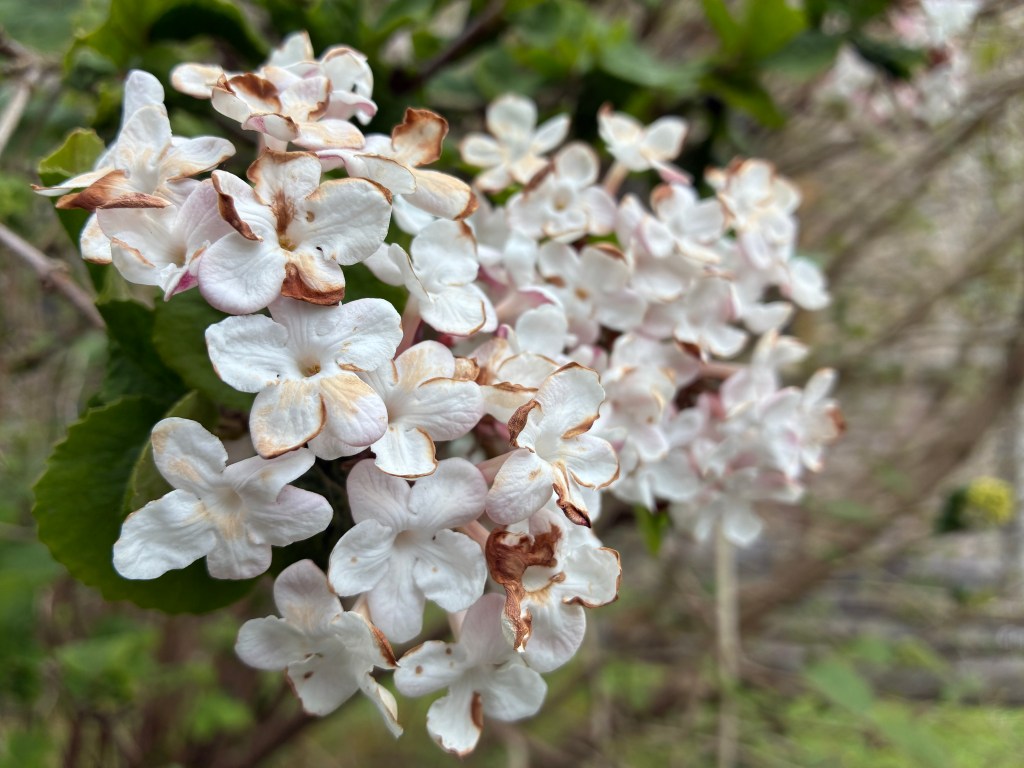
We found on review that the iPhone 16e delivers expectedly decent results from its main camera. The 2x zoom is all right when the light is plentiful, but what you’ll probably find yourself missing most is the ultra-wide option. Portrait Mode manages to put in a decent shift despite only having one lens to work with – though if you’re an avid pet snapper, be warned, it only recognises human subjects.
As far as value goes, the iPhone 16e is decent enough. I still think you’ll get much better bang for your buck by going with an older refurbished model, but if you’re someone who simply has to buy new, it’s a decent (if uninspiring) option for phone photography.
Read our full iPhone 16e review
How we test Apple iPhones
We review Apple iPhone smartphones from the perspective of choosing a smartphone for its photography and camera performance, so we test every iPhone by looking at what it offers in terms of the cameras, and what features are included for photography and video, as well as how it performs in real world use in a variety of different shooting situations.
We test each camera on the phone, whether that’s the ultra-wide angle, the main camera, telephoto camera(s) if available, and selfie camera, and use the phone for photography in a range of lighting conditions, including low-light, where camera phones can struggle. We also look at specialist shooting modes on offer, whether that’s the portrait modes, macro or AI features, as well as look at how good the overall phone is, in terms of battery life, screen, build quality and value for money.
If you’re not sure if iPhones are right for you, have a look at the best phones for photography, or for budget options check out our best budget phone recommendations. Not sure whether to go for Android or iPhone, we’ve got a guide here to help you choose.




